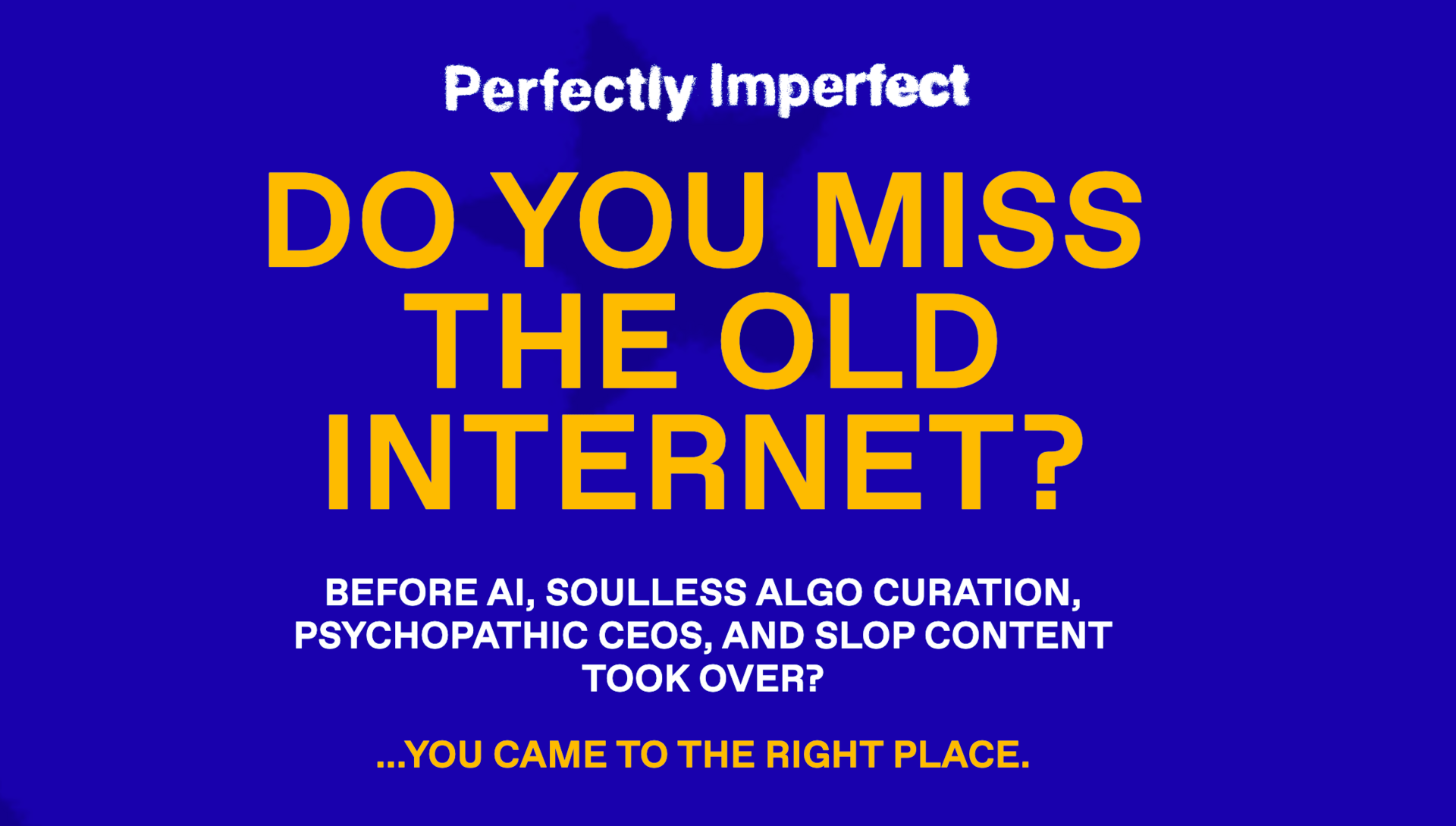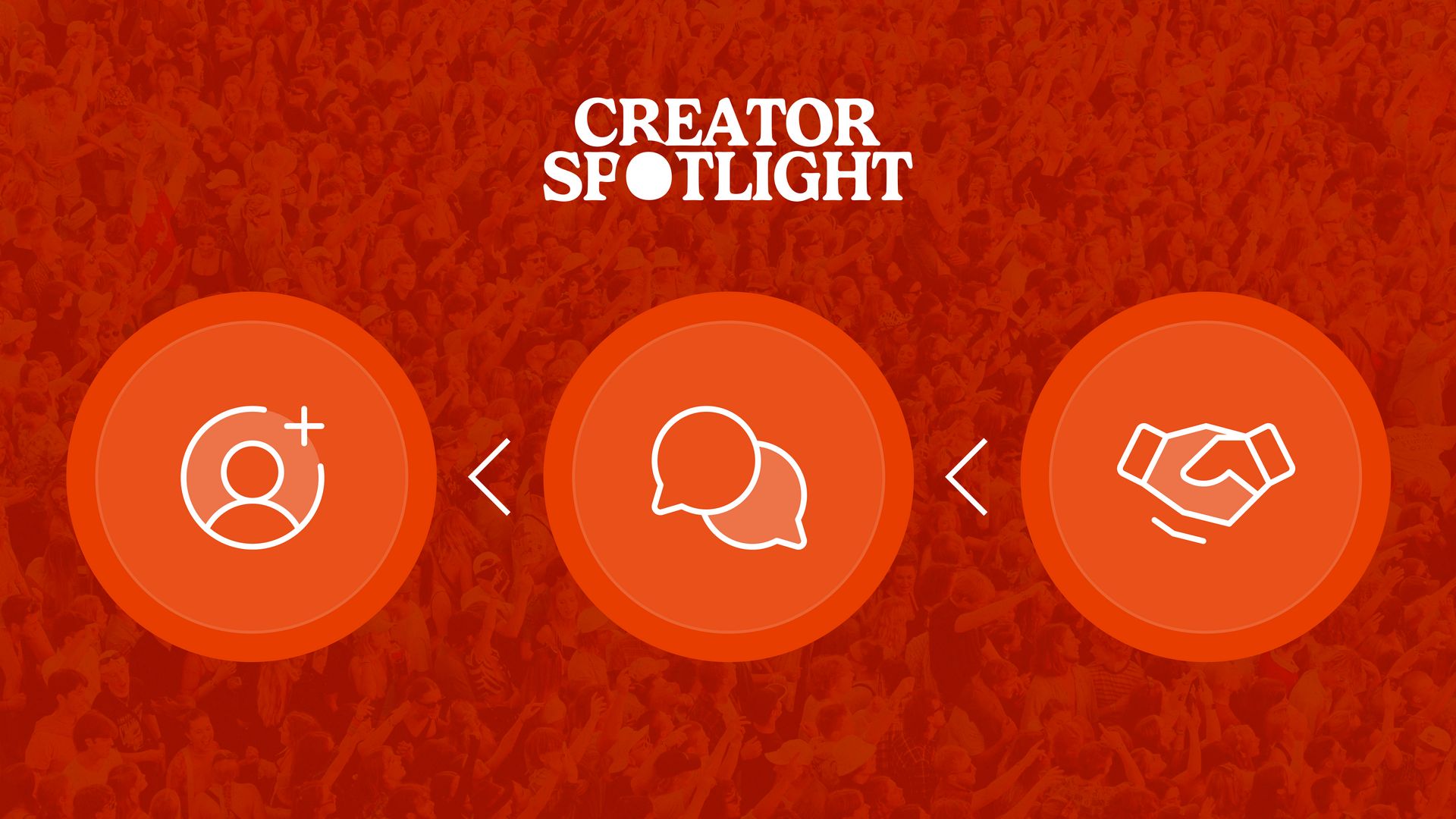How much of your day do you spend alone in a room?
I live in America’s largest, densest city, but I work from home and spend most of my day alone, not talking. Interviewing people for the podcast is the highlight of my week because I get to talk to other people.
There’s no shortage of events in New York City, and my life has been made richer by attending them — meeting guests for the podcasts, hearing ideas that inform my work. And the people who throw these events are usually made richer by throwing them!
Only part of the creator economy exists online. What’s offline is more valuable. In today’s letter, I explore why.
— Francis Zierer, Editor
Simplify training with AI-generated video guides
Are you tired of repeating the same instructions to your team? Guidde revolutionizes how you document and share processes with AI-powered how-to videos.
Here’s how:
1️⃣ Instant creation: Turn complex tasks into stunning step-by-step video guides in seconds.
2️⃣ Fully automated: Capture workflows with a browser extension that generates visuals, voiceovers, and calls-to-action.
3️⃣ Seamless sharing: Share or embed guides anywhere. Effortlessly.
The best part? The browser extension is 100% free.
This is an advertisement.
Online community is a means to an end
The internet is not a place. Are your followers in the room with us now?
A group chat, a Slack channel, a comment section can be the seed or outcome of people gathered in a place, but when I say “place,” I mean a room full of people, a buzz of voices, eyes wandering and meeting.
At Creator Spotlight, we cover people with a talent for building content capital — the sum of your following, the size and composition of your audience — but content capital has no real value if you can’t activate that audience to real-world effect.
“In an era of individualism, how many followers you have is the key social indicator. In an era of post-individualism, it’s what groups you’re a part of that matters. The individual isn’t erased, it’s supported and strengthened by aligning with others. As more of our social and inner lives are lived online, internet-based groups will increasingly be how social value and power are attained.”
Community has been a major theme of our work this year. This tracks to AI anxiety. As AI tools improve and creators worry about the value of content production decreasing, community remains immune to disruption. Especially real-world community, people gathered in a room.
AI can’t go to a party for you, it can’t shake hands, it can’t look someone in the eye and laugh.
Creator Spotlight assistant editor Natalia’s excellent piece on the blooming creator community in Chicago, published last week, is about this. It’s about what happens when people with shared values get together and invite more people to join them.
My main takeaway from her piece: if there are no gathering places for people who share your goals, start one. Invite people. They will come back. They will bring people. Community is what grows at and after an event.
"It started with three or four people. Our last one had 12. Small incremental increases like that — getting to provide that space where if you're a creative person looking for other people like you and feedback, you can feel less alone. You're part of something."
Do you have to be in a major city to find success in the creator economy? Do you have to have access to these parties, these rooms? No, and even though the strongest connections are solidified offline, they often begin online:
YouTube video editor Rachel Kisela created EditHers, a community for female YouTube editors, because people kept asking her, "Do you know any other girls who do what you do?”
Melanie Ehrenkranz created Laid Off as a place for recently laid-off workers to commiserate, socialize, and help each other figure out their next steps.
Career-content creator Colin Rocker started For the Firsts as a professional meetup club for people like him, charting professional paths totally foreign to their families.
All of these communities have a commonality: people sharing knowledge and resources to make a living on their own terms. Collaboration as a competitive edge.

The value of real-world community is increasing
In the creator economy, we have brands, service providers, and other participants, but the two largest groups are the tech platforms where content lives (largest by power and concentrated capital) and the creators who produce content for those platforms (largest in number).
Creators are always in competition with each other, with brands, with traditional media businesses, with any party producing content for the same platforms and attention-hours. But especially with other creators.
Why are in-person communities so important? The internet is not a place. Only streets are, only parks, only bars and restaurants and cities and rooms. On platforms, people become creators, become competitors.
Social media has never been less social. People are spending less time on these platforms — notably, young people are leading the way.
Social media is increasingly not personal; it’s just business. Platforms rely on surplus creators competing for attention. If time spent on social platforms continues to drop, that competition will grow more fierce.
The creator economy is only going to become more competitive; alliances between individual creators and groups of allied creators provide protection.
In community, people are powerful.
For example, Liz Kelly Nelson and her collaborators created Project C to help independent creator-journalists build sustainable businesses around their budding publications. They share resources and promote each other; collective action lifts all boats.
Professional groups have always formed, will continue to form and fortify to compete in the creator economy.
Other communities will reject ready-made platforms and build their own, smaller, more private rooms; will even move offline.

How one platform-based community went physical
“The friction of IRL becomes proof of real, valuable interaction. Which is why events big and small (and trending toward inclusive over VIP-only) are about to have a GIANT couple of years.”
There are few clearer examples of the social-to-off-platform community-to-real-world evolution than Perfectly Imperfect.
The brand started as a newsletter on Substack in 2020. Each issue shared “a taste of someone’s taste,” with one guest recommending a handful of unexpected things — anything from taking phone calls while biking to Iron Man 2 to bad haircuts.
“It was more of a character portrait than a purely practical list,” as co-founder Tyler Bainbridge wrote in his five-year history post. At the start of 2024, they launched their own website.
By the end of the year, they’d left Substack entirely.
The entire enterprise started as two friends getting other friends to share their recommendations — rooted in existing, authentic connections — and it propagated a worldview, a shared set of values that would, over time, foster a community. People as varied as Charli XCX, Francis Ford Coppola, and Molly Ringwald have participated.
By their two-year anniversary in 2022, they’d started throwing occasional parties in New York. To mark five years this August, they launched an events platform. In line with their rejection of Substack in favor of a self-hosted website, it’s a rejection of the dominant tech platforms: “Easy to use like the other guys...but with no evil Palantir associations.”
This is a community premised on rejecting the corporatization and decreasingly social nature of mainstream social media:

Still, none of us are free from commerce. At New York Fashion Week this year, they co-hosted an event with the clothing resale website Grailed and an events platform called Posh.
To launch their events platform this summer, Perfectly Imperfect organized over 50 meetups worldwide, from Los Angeles to São Paulo to Mumbai, with most attracting 20–50 RSVPs. That’s community; values propagated internationally.
A community may grow so big that it splinters, yet every splinter contains a mutation of the source values.
What organizes community? Leaders kickstart it and do the practical work organizing, but what binds and reproduces community is a shared set of values and goals.
Go out and shake some hands. If you can’t find the right room, make it. You don’t even have to use Partiful, Luma, or pi.fyi. Send a few texts, send a few emails.
If they come once, it’s an event. If they come again, with friends, it’s a community; followers become people sharing a room, sharing glances. Real community is social connection that can flourish without platforms.

On the podcast this week, we spoke with Geoff Sharpe, a local media entrepreneur who has figured out how to build a paying audience for local journalism.
He’s the founder of Lookout Media, a growing network of newsletters with four active publications across three Canadian cities: Ottawa Lookout, Van City Lookout, Yukon Lookout, and Capital Eats.
📊 Building a local media business with 75% of revenue in subscriptions
💼 Applying nonprofit funding tactics to drive subscription revenue
🎯 Thinking of subscriber acquisition in terms of lifetime value
And more. Watch below or listen wherever you get your podcasts.





